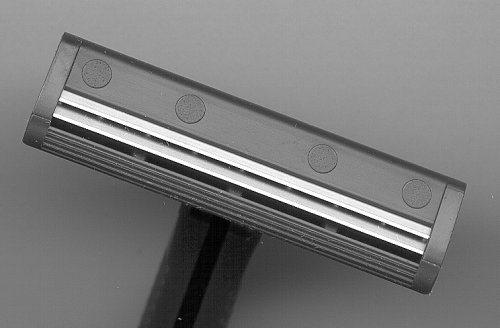Occam's Razor
Today, we cut with Occam's razor. The University of Houston's College of Engineering presents this series about the machines that make our civilization run, and the people whose ingenuity created them.
You all know that wonderful old Shaker tune,
'Tis a gift to be simple, 'tis a gift to be free;
'Tis a gift to come down where you ought to be
Those lines should make up the first chapter in any book on engineering design. But how do we find the natural threads of simplicity that run through the world around us?
Simplicity in design was a lesson I fell into when the Army drafted me -- after I'd finished college. They assigned me to the Signal Corps Engineering Labs and put me to work designing research equipment. There I met a fine designer, Jules Soled, a person who could clearly teach me things. So I said to him, "Teach me, and I'll work for you." He taught me many things I hadn't learned in school, and his central lesson was always this:
Do a first design. Then attack it. Your first design will be elegant and complicated, but it'll always work better when you get rid of complication. In a really good design you eventually make the very design itself unnecessary. And that is very hard to do because we like complication.
That idea is really quite old. The towering 14th-century philosopher William of Occam put it this way: "Multiplicity ought not to be posited without necessity." William was telling us we should make no more assumptions than we really need to explain anything -- the simplest explanation is best. We call that idea Occam's Razor because it helps slice away the junk in our thinking.
Look at the safety razor. For years designers fought with the problem of loading, mounting, and unloading a blade in a holder. If you're old enough, you'll remember Shick's "push-pull, click-click" advertisement for its mechanism. Keeping the action workable, and the blade solidly in place, was a big problem.
Then some bright person applied Occam's razor to the razor-mounting problem. That designer realized you could simply mold the blade right into the plastic packaging. Now who buys replaceable razor blades? Instead, the blades are set, very solidly and with great precision, right into a cheap throwaway piece of plastic. We've designed blade-holding mechanisms out of existence. That's what Soled meant when he said that good design makes the design itself unnecessary.
But to take that last step -- to walk the plank from a clever design to no design at all -- takes nerve as well as imagination. We're so tempted to look smart by mastering complication instead of simplicity. If we go back to our Shaker tune,
'Tis a gift to be simple, 'tis a gift to be free;
the second line says:
'Tis a gift to come down where you ought to be
Good design exacts a price from our egos, but it really is a gift -- it really is freedom -- to find the simplicity in things and finally to reduce an engineering design down to where it ought to be.
I'm John Lienhard, at the University of Houston, where we're interested in the way inventive minds work.
(Theme music)
This is a greatly revised version of Episode 92.
